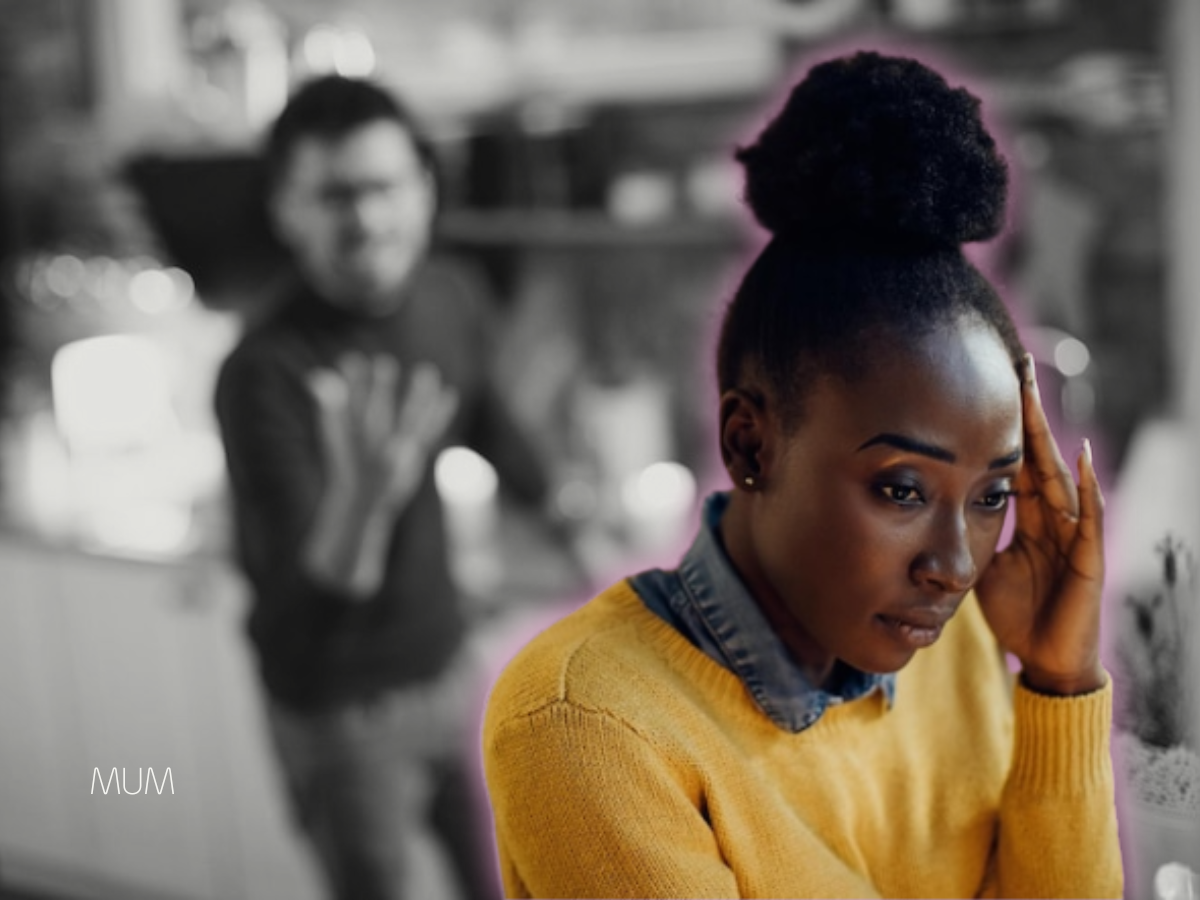Late-Life Depression: Causes, Symptoms, and Effective Treatments
A Holistic Approach to Managing Depression in Later Life
Late-life depression is a treatable medical condition impacting millions of older adults. It's not simply a normal part of aging; it's a distinct illness characterized by persistent feelings of sadness, loss of interest, and changes in mood, sleep, and energy levels. Unlike the melancholic sadness of grief, late-life depression can be pervasive and interfere with daily life.
Causes and Manifestations: A Multifaceted Experience
Several factors contribute to late-life depression. Biological changes, including hormonal imbalances and neurotransmitter deficiencies, play a role. Psychological factors like loss of loved ones, retirement adjustments, and social isolation can also be significant triggers. Additionally, chronic pain, medical illnesses, and medication side effects often contribute to the development of depression in older adults.
The presentation of late-life depression can be subtle and differ from depression in younger individuals. While sadness can be present, it often manifests through physical symptoms: fatigue, sleep disturbances, decreased appetite, and aches and pains. Difficulty concentrating, feelings of worthlessness, and thoughts of death can also occur. It's crucial to recognize these signs and seek help.
A Global Issue with Varied Faces
The impact of late-life depression varies considerably across cultures. Western societies often emphasize independence and productivity in late adulthood, making it harder for older adults to accept limitations and seek help. Conversely, some Asian and Global South cultures have stronger community support systems that may provide a buffer against depression.
Socioeconomic status also significantly influences depression in older adults. Financial hardship, lack of access to healthcare, and inadequate social services disproportionately affect those with lower incomes. This underscores the need for affordable and accessible mental health resources for all demographics.
Lighting the Path Forward: Management Strategies
Fortunately, late-life depression is highly treatable. Therapy approaches like cognitive behavioral therapy (CBT) can equip individuals with coping mechanisms to manage negative thoughts and improve mood. Additionally, forming strong social connections through community programs or engaging in social activities can combat feelings of isolation.
Family involvement is crucial. Supporting healthy habits like regular exercise, maintaining a balanced diet, and ensuring adequate sleep hygiene can positively impact mood. Medication, under a doctor's supervision, can also be a valuable tool in managing symptoms.
By embracing these management strategies, individuals with late-life depression can reclaim their quality of life. Therapy empowers them with self-management tools. Community support fosters a sense of belonging. Family involvement provides a safety net. Medical interventions address the underlying biological factors. This holistic approach fosters resilience and improves mental well-being for older adults facing this challenging condition.
Remember, late-life depression is not a sentence. It's an obstacle that can be overcome with the right support and resources. If you are concerned about yourself or a loved one, reach out to a healthcare professional. There is help, and hope, for a brighter tomorrow.
Keep Going!
Check out these related posts






